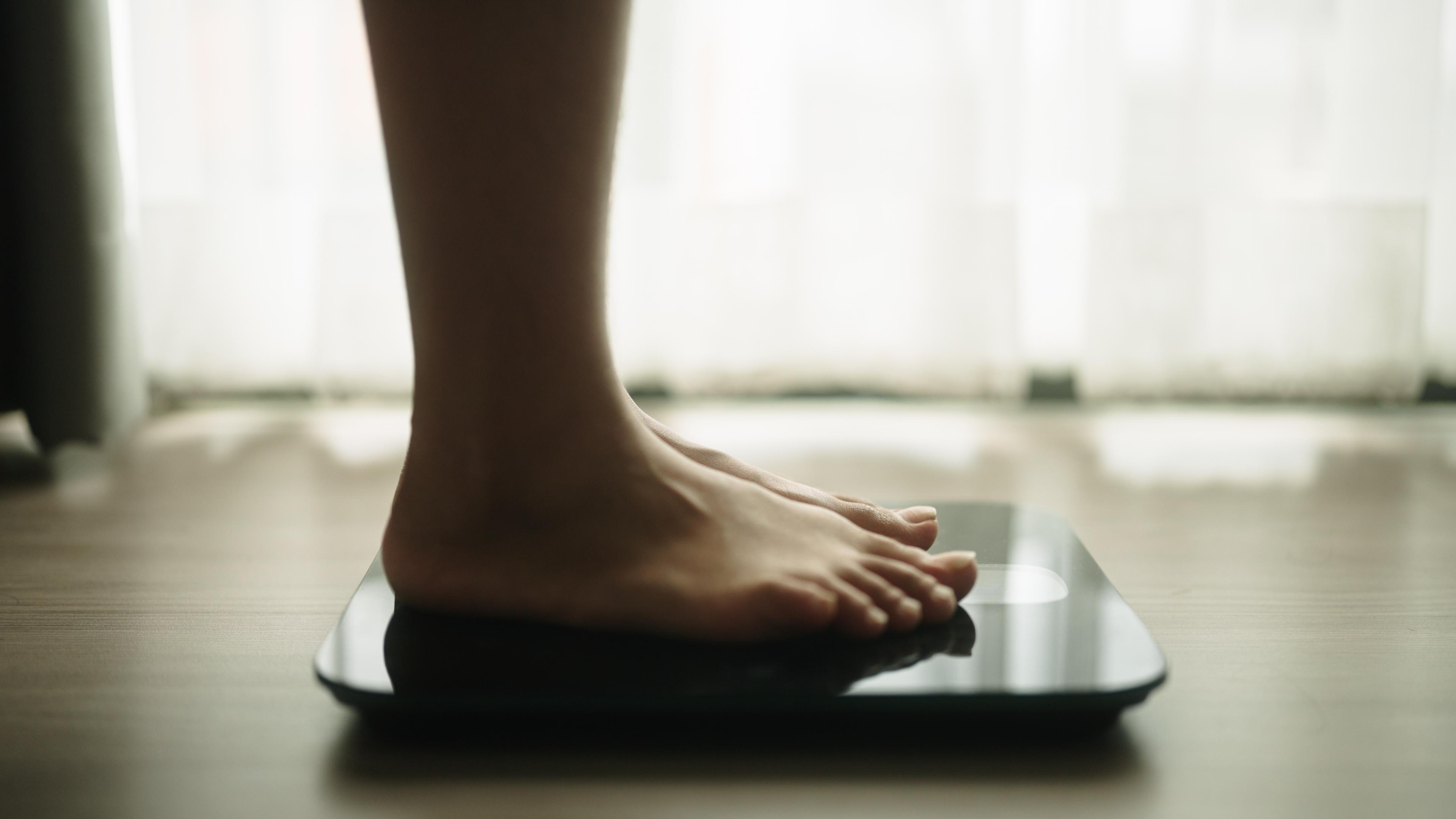
In a society where both hustle culture and diet culture are normalized, the workplace can be a minefield for those struggling with eating disorders. The good news is that by taking the time to learn and making some small shifts to workplace norms, employers can turn the office into a place that’s safe for everyone, including those in recovery.
Equip Registered Dietitian Tanya Hargrave-Klein, knows firsthand what it looks like when a workplace descends into diet culture. Before joining Equip, she spent 15 years as co-owner of a company that ran “health-promoting” initiatives at offices, and in that role, she witnessed everything from employer-endorsed weight loss challenges meant to boost morale to “team-building” group fitness classes marketed as “fat-burning metabolism boosters.” Hargrave-Klein has seen it all, and her conclusion is simple and straightforward: body-based “bonding” activities and weight-focused interventions have no business in the workplace.
“There’s much harm that can come out of these well-intentioned worksite wellness challenges,” Hargrave-Klein says. “Crafting a workplace culture that supports diversity and inclusion is an important step so that people feel safe to verbalize their concerns.”
The good news is that our society in general is becoming more aware of and sensitive to the overt harm of fatphobia and body shaming. Still, more insidious, everyday triggers persist in the workplace—in fact, everything from lunchtime diet chatter to food-centered meetings can pose real challenges to those struggling with or in recovery from an eating disorder.
Given the number of potentially triggering scenarios that occur every day in the workplace, it’s important for employers to do what they can to make the workplace (virtual or otherwise) safe for everyone. Here are six ways to make any workspace more inclusive, weight-neutral, and supportive for people with eating disorders:
1. Immediately cut out any and all weight-based contests, competitions, or incentives
Many people, like Equip’s Director of Lived Experience, JD Ouellette, have worked in settings that celebrate or encourage weight loss at any cost. In another article, Ouellette recalled an annual post-holiday tradition at her former job that involved weekly weigh-ins and cash prizes for employees who lost the most weight.
“The harms of bringing weight loss-focused events into the workplace are myriad and really result not from malice, but lack of awareness,” Ouellette says. “I don't think most people want their workplace to be full of bullying, and really, sending the message that some bodies are ‘wrong’ and need to be changed—that’s bullying of those in non-small bodies.”
“These types of events in the workplace center body size as what determines health and wellbeing and can create a lot of shame,” says Equip Peer Mentor Stacy Jones. “It implies that weight loss is a positive thing no matter the situation or the means to get there and it creates a hyperfocus on size. Plus, we know that weight loss efforts are not sustainable and can lead to dangerous weight cycling as well as increase the risk of someone developing an eating disorder.”
It’s important to evaluate any existing programs that incentivize weight loss as a “health-promoting” behavior. “Many employers have incentive-based health promotion programs that offer discounts on health insurance premiums for meeting specific health criteria such as BMI requirements, waist-to-hip ratio guidelines, or offer similar incentives for participation in weight loss programs or exercise programs,” Hargrave-Klein says.
If your workplace has implemented any of these kinds of programs, consider immediately shutting them down in favor of programs rooted in the Health At Every Size (HAES) approach, which focuses on promoting self-care, self-esteem building, and body satisfaction.
2. Encourage breaks throughout the day
“Hustle culture” can be a real issue in the workplace when employees feel pressured to compete for the title of most productive person in the room (or, in today’s world of remote work, the most productive person on Slack). One strategy for short-circuiting that energy is to encourage breaks throughout the day in addition to reasonable hours and employees setting boundaries to protect their work-life balance.
“It's very common in many workplaces to work through breaks and lunches, and have lunchtime meetings, and in fields like medicine, it can be normal to go 12 hours without eating,” Ouellette says. “This isn't good for anyone, and it’s a disaster for folks with eating disorders. We all benefit from regular nutrition throughout the day.”
Jones also suggests that employers also give workers adequate notice when food will be involved in workplace events so they can mentally prepare if necessary. So if you’re having an in-person all hands meeting where you will be serving a catered lunch, include that information as soon as you have it..
3. Pay careful attention to which messages or partnerships you promote
In the event that your workplace is holding a special event or distributing information from a third-party healthcare partner, be sure to vet the material for weight-focused messaging or diet talk.
“Consider what messaging health benefit vendors are disseminating to employees,” Hargrave-Klein says. “Many health plans partner with Weight Watchers to offer discounted rates or onsite programming. Some offer Lunch and Learns that often feature weight management or ‘healthy eating’ talks that are laden with diet culture messaging.”
Audit your existing partners and benefit vendors, and if you find messaging that’s rooted in diet culture or fatphobia, consider replacing them with a more inclusive company.
4. Offer mental health benefits
Speaking of benefits from partners, it can also be helpful to provide outside-the-box offerings that show your company’s commitment to employee well-being. That might mean mental health benefits providers like Spring Health, free subscriptions to meditation apps like Calm or Headspace, or a few“mental health days” a year. It might also mean looking into your health insurance offerings and making sure that the plans you offer have robust options for mental health care, including eating disorder coverage such as Equip.
5. Shut down diet discussions whenever possible
While it may not be possible or realistic to keep an ear on conversation topics in the office or over virtual chats if diet talk does arise in a meeting or during a team lunch, gently encourage the discussion to go in a different direction.
“Food, exercise, and body size discussions as a means of small talk and bonding are—in addition to being boring—alienating to many people and dangerous to others,” Ouellette says. “What would it be like to walk into a conference room with a spread of donuts, bagels, fruit, and coffee and just take what you want without hearing “sure, I’ll be bad!” or ‘no thanks, I’m being good today’ ’? I can tell you what it would be like for many people in the room: a relief and a breath of fresh air.”
“Diet culture has been the norm for so long, people often discuss food and their body in harmful ways without realizing they’re doing so,” says Jones, pointing out that it’s often very difficult for those who are struggling to speak up and change the conversation themselves, especially if they’re not sure of their employer’s stance on the issue. This makes it extra important for employers to establish these boundaries whenever possible.
6. Consider all the details you can, and be open to feedback
Some of the most seemingly minor details of a workspace can have a major impact on the individuals who spend their days there. In addition to providing office furniture that is comfortable for people in large bodies, Hargrave-Klein also advises against posting any sort of calorie count information in the cafeteria or lunchroom. Of course, it’s near impossible to think of everything at once, so the most important thing is to keep an open mind and create avenues for people to feel safe providing feedback.
Eating disorders cost over $48 billion in lost productivity per year. Cultivating a workplace environment that’s safe and supportive for those who are vulnerable to eating disorders is one of the most powerful ways that employers can support business goals while also, most importantly, improving the health and well-being of their employees.
Citations:








